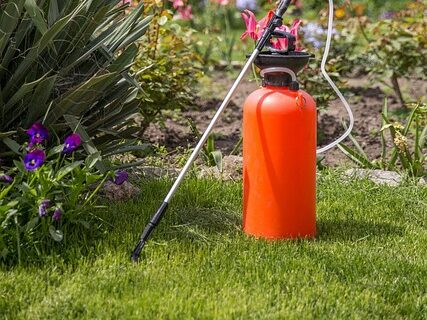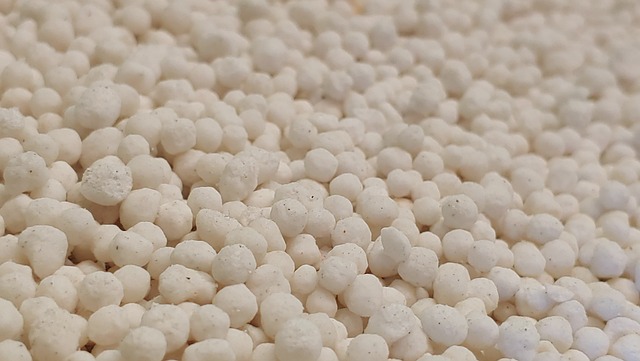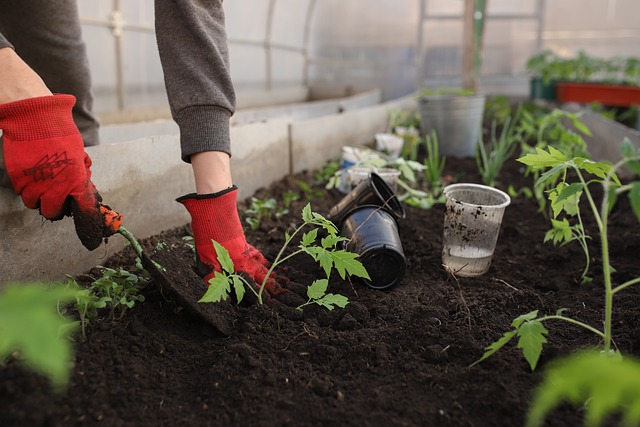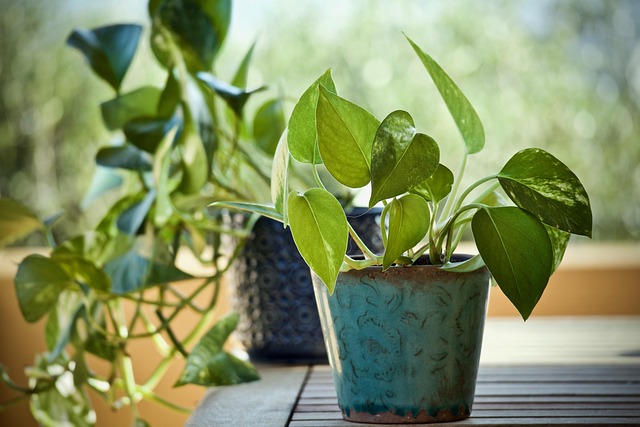How to Fertilize Houseplants for Optimal Growth
Houseplants add life and vibrancy to any space, but to keep them healthy and thriving, proper fertilization is essential. Whether you’re a beginner or an experienced plant parent, understanding how to fertilize houseplants effectively can make all the difference in their growth and longevity. In this guide, we’ll explore everything you need to know about fertilizing houseplants, including types of fertilizers, application methods, and common mistakes to avoid.
Table of Contents
Why Fertilization is Important for Houseplants
Houseplants grow in containers, which means they rely on the nutrients present in their potting soil. Over time, these nutrients deplete, making fertilization necessary to replenish them. To fertilize houseplants ensures:
- Healthy leaf development
- Strong root growth
- Increased resistance to pests and diseases
- Optimal flowering and fruiting (for flowering houseplants)
When to Fertilize Houseplants
Timing is crucial when you want to fertilize houseplants. Here are some general guidelines:
1. Growing Season (Spring and Summer)
Most houseplants experience active growth during the warmer months. Fertilizing during spring and summer helps provide the nutrients plants need to flourish.
2. Dormant Season (Fall and Winter)
Many houseplants enter a dormant phase during colder months. It’s best to reduce or completely stop fertilization since plants require fewer nutrients when they are not actively growing.
3. Newly Purchased or Repotted Plants
New plants often come pre-fertilized from the nursery, so wait at least a month before applying fertilizer. Similarly, repotted plants need time to adjust, so hold off on fertilizing for about four weeks.
Types of Fertilizers for Houseplants
1. Liquid Fertilizers
- Easy to use and quickly absorbed by plants
- Applied by mixing with water and used during regular watering sessions
- Ideal for regular feeding

2. Granular Fertilizers
- Slow-release formula that gradually supplies nutrients
- Mixed into the soil or sprinkled on the surface
- Works well for plants that require infrequent feeding

3. Slow-Release Fertilizers
- Encapsulated pellets that release nutrients over time
- Lasts for several months, reducing the need for frequent application
- Best for low-maintenance care
4. Organic Fertilizers
- Derived from natural sources such as compost, worm castings, or fish emulsion
- Improves soil health while providing nutrients
- Environmentally friendly but may have a mild odor
5. Synthetic Fertilizers
- Chemically formulated to deliver precise nutrient ratios
- Fast-acting and highly effective
- Should be used with caution to avoid over-fertilization
How to Fertilize Houseplants Correctly
1. Read the Label Instructions
Each fertilizer has specific application rates. Over-fertilization can harm plants, so always follow the manufacturer’s guidelines.
2. Dilute Liquid Fertilizers
For most liquid fertilizers, diluting them to half the recommended strength is best to prevent root burn and ensure gradual nutrient absorption.
3. Apply During Watering
Adding fertilizer while watering ensures an even distribution of nutrients and helps prevent salt buildup in the soil.
4. Avoid Fertilizing Dry Soil
Never fertilize houseplants when the soil is completely dry. Always water lightly before applying fertilizer to avoid shocking the roots.
5. Use a Schedule
For liquid fertilizers, feeding every 2-4 weeks during the growing season is sufficient. Slow-release fertilizers may only need application every few months.

Common Fertilization Mistakes to Avoid
1. Over-Fertilization
Too much fertilizer can cause salt buildup, leading to leaf burn, root damage, and stunted growth. If you notice white crusts on the soil or leaf tips turning brown, flush the soil with water to remove excess salts.
2. Under-Fertilization
Lack of essential nutrients can result in weak growth, pale leaves, and poor flowering. If your plants seem stagnant, they may need a nutrient boost.
3. Using the Wrong Fertilizer
Not all houseplants require the same nutrients. For example, flowering plants benefit from high-phosphorus fertilizers, while leafy greens thrive with nitrogen-rich fertilizers.
4. Fertilizing During Dormancy
Applying fertilizer when plants are not actively growing can lead to unnecessary nutrient buildup, stressing the plant.
5. Ignoring Soil Health
Good fertilization works best when paired with healthy soil. Ensure your houseplants have well-draining soil and repot them occasionally to refresh the growing medium.
Best Fertilizers for Popular Houseplants
1. Pothos (Epipremnum aureum)
- Best fertilizer: Balanced 10-10-10 liquid fertilizer
- Frequency: Every 4 weeks during the growth season

2. Snake Plant (Sansevieria trifasciata)
- Best fertilizer: Low-nitrogen cactus fertilizer
- Frequency: Once every 6-8 weeks
3. Peace Lily (Spathiphyllum)
- Best fertilizer: Phosphorus-rich fertilizer for flowering
- Frequency: Every 2-4 weeks
4. Fiddle Leaf Fig (Ficus lyrata)
- Best fertilizer: Nitrogen-rich 3-1-2 ratio fertilizer
- Frequency: Every 3-4 weeks
5. Orchids (Phalaenopsis, Dendrobium, etc.)
- Best fertilizer: Orchid-specific fertilizer (weak strength)
- Frequency: Weekly during the growing season, monthly in winter
DIY Organic Fertilizers for Houseplants
If you prefer natural fertilization methods, try these DIY organic options to fertilize houseplants.
- Banana Peel Fertilizer: Rich in potassium, ideal for flowering plants. Soak banana peels in water and use the liquid as a natural fertilizer.
- Eggshell Fertilizer: Provides calcium to strengthen cell walls. Crush eggshells and mix them into the soil.
- Used Coffee Grounds: Adds nitrogen but should be used sparingly. Mix with soil to prevent excessive acidity.
- Epsom Salt Fertilizer: Supplies magnesium, essential for photosynthesis. Dissolve 1 tablespoon in a gallon of water and use once a month.
Final Thoughts
Fertilizing houseplants correctly is essential for their health, beauty, and longevity. By understanding the right type, timing, and method of application, you can ensure your plants receive the nutrients they need without the risks of over- or under-fertilization. Whether using synthetic or organic fertilizers, always tailor your approach to your specific houseplants’ needs. With consistent and proper care, your indoor garden will thrive for years to come.
By following these tips on how to fertilize houseplants, you’ll enjoy lush, vibrant greenery and a healthier home environment. Happy planting!
Related Posts
How Often to Water Plants: The Ultimate Guide to Perfect Plant Care
Choosing the Best Container for Indoor Plants
As an Amazon Associate, I earn from qualifying purchases. This helps support the content we create for Greendeskpro at no extra cost to you—thank you for your support!
